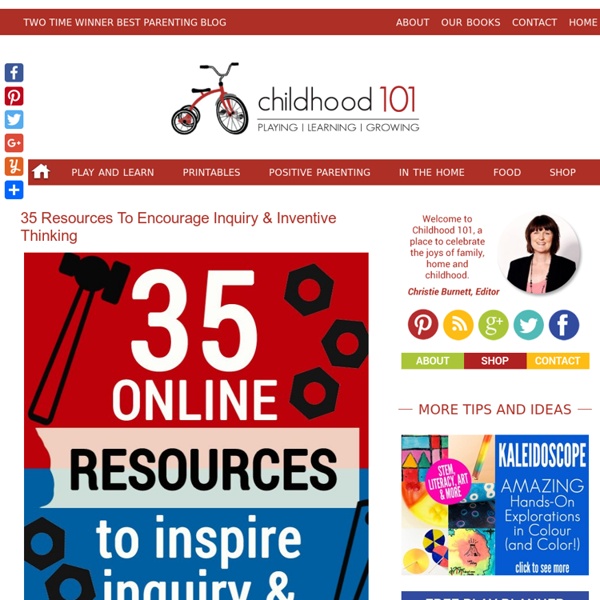How to Design a Classroom Built on Inquiry, Openness and Trust
Teachers who are interested in shifting their classrooms often don’t know where to start. It can be overwhelming, frightening, and even discouraging, especially when no one else around you seems to think the system is broken. A question I’m asked often is, “Where should a teacher begin?” Should teachers just let students go or is there a process to good student-centered inquiry? I’ve reflected on this a fair amount, and I think small strategic steps are the key. I think letting students “go” without any structure will likely create failure, especially if students haven’t spent much time collaborating.
Mastering Assessment Language: Trusty Tips and Tools
The formative assessment rubric is an amazing and revealing tool. They are made all the more effective by carefully considering the language we use. Mastering assessment language is an art form in itself. Like all other art forms, it takes time to perfect. Proper formative assessment tells us what students have learned. It shows what areas need improvement, and reinforces the learning process.
Bringing Inquiry-Based Learning Into Your Class
In the shallow end of the Types of Student Inquiry pool, Structured Inquiry gives the teacher control of the essential question, the starting point—for example, “What defines a culture?” or “What is the importance of the scientific method?” These questions are not answered in a single lesson and do not have a single answer, and, in fact, our understanding of an essential question may change over time as we research it. In Structured Inquiry, the teacher also controls specific learning activities, the resources students will use to create understanding, and the summative assessment learners will complete to demonstrate their understanding. In Controlled Inquiry, the teacher provides several essential questions.
The Phases of Inquiry-Based Teaching
A central goal of education is teaching critical-thinking skills. Inquiry-based teaching is an excellent path to this goal. Based partly on the philosophy that “humans are born inquirers,” the method focuses on student discovery over pushing information from the instructor. Along the way, the students explore multiple sources and contexts, ask questions and pursue hypotheses, and work to apply their theories to new and diverse situations. In doing this, they actively discover the interrelatedness among concepts, topics, and theories. In general, all inquiry-based teaching follows three phases.
The Challenges and Realities of Inquiry-Based Learning
Inquiry Learning Teaching Strategies Getty By Thom Markham
Questioning Toolkit
Essential Questions These are questions which touch our hearts and souls. They are central to our lives. They help to define what it means to be human.
Part 4: STEM, STEAM, Makers: Turning STEM to STEAM… 24 Resources
Welcome to this fourth post in a series that brings STEM, STEAM, and Maker Space together with Project Based Learning and proper technology integration in the classroom. You will discover around one hundred resources in this series along with some great ideas for finding student success. Before reading, please take a moment to subscribe by email or RSS and also give me a follow on Twitter at mjgormans. I promise you will find some great information coming your way in the posts that follow…So sign up now and please pass this on with a retweet. – Mike Gorman (
Reinventing School From the Ground Up For Inquiry Learning
By Thom Markham A grave miscalculation exists in the minds of many educators: That inquiry-based learning, project based learning, and 21st century competencies can flourish in industrial model schools. Under this world view, the inquiry goals of the Common Core State Standards are “strategies” to be added to the existing list of classroom techniques, while skills like collaboration, communication, or creativity can be taught despite 43-minute periods, desks in rows, and pacing guides set in stone. In other words, reaching the top of Bloom’s Taxonomy is important, but less so than maintaining regimental order. But what we know—from industry and neuroscience—is that organizational structure, environment, and human performance are deeply intertwined. It is inevitable that schools must be completely redesigned if society wants to tap the wellsprings of creativity and exploration that the industrial system subdues.



